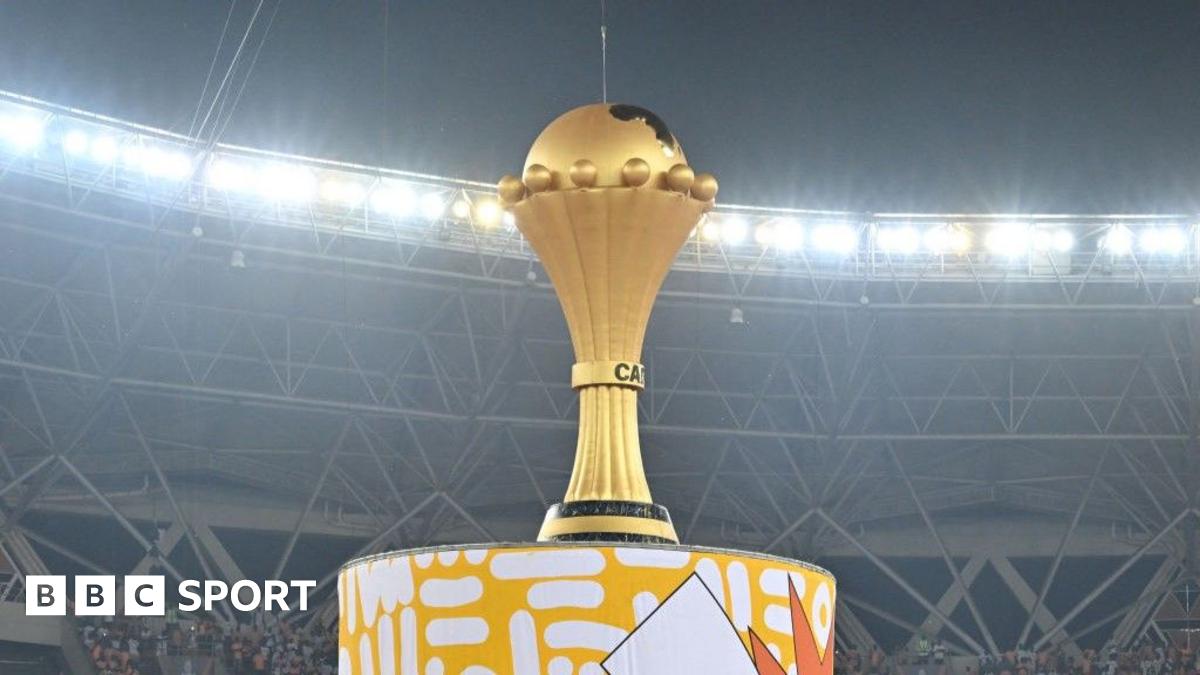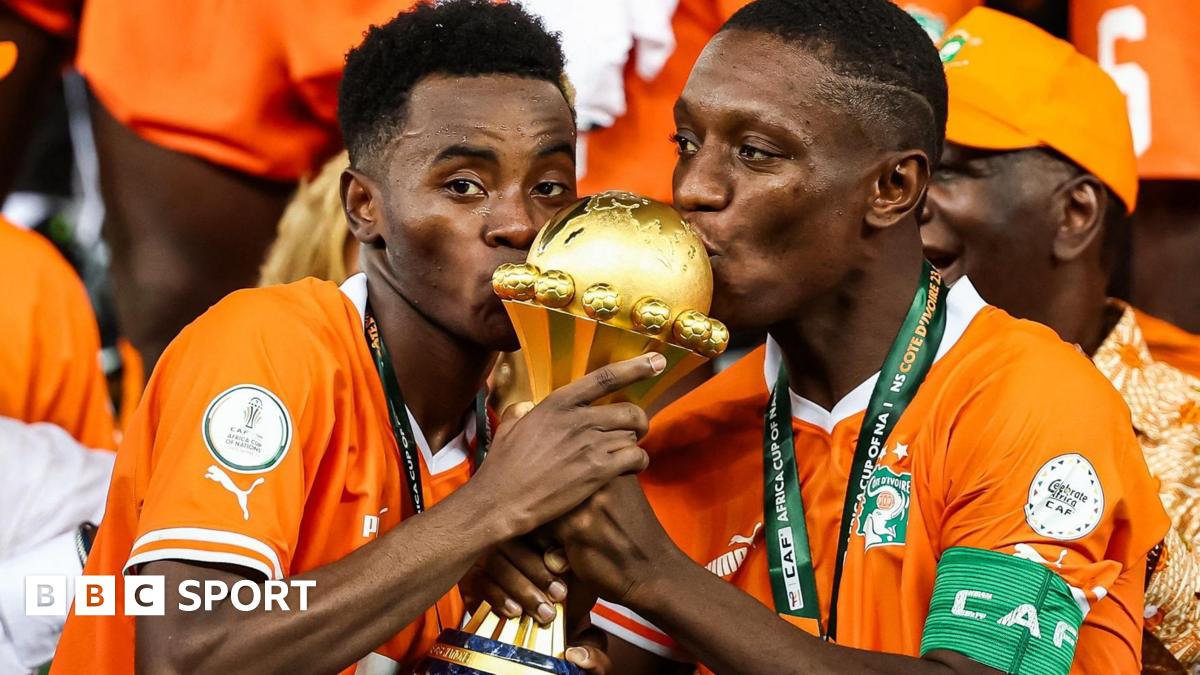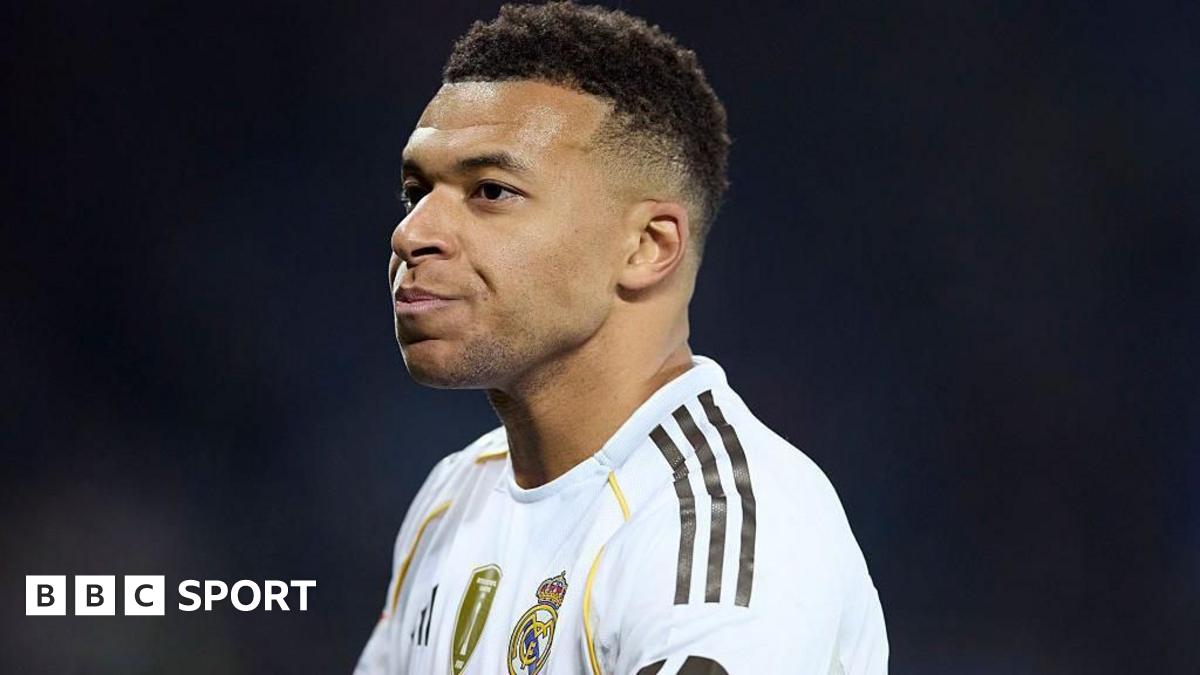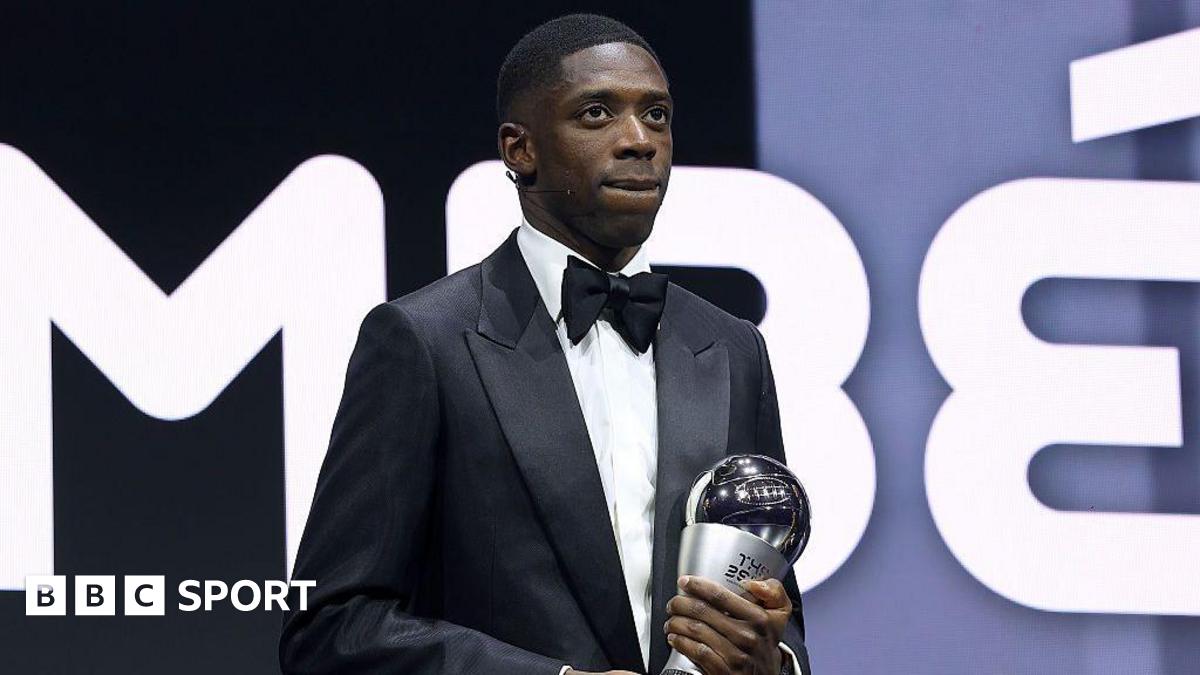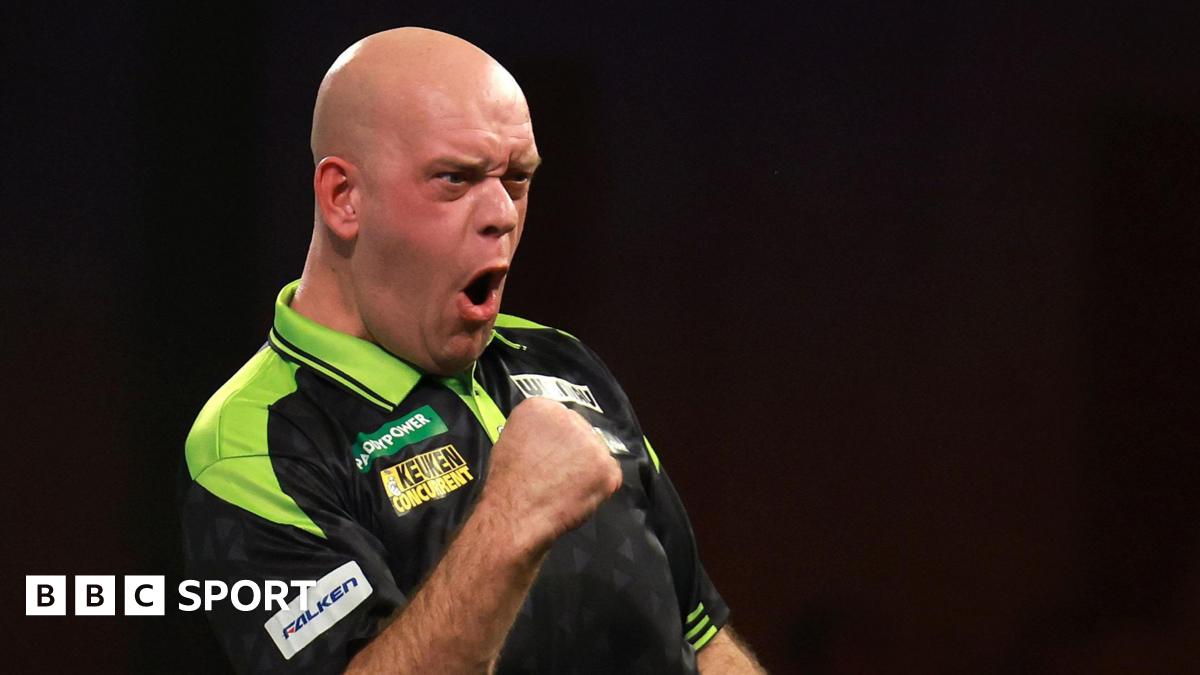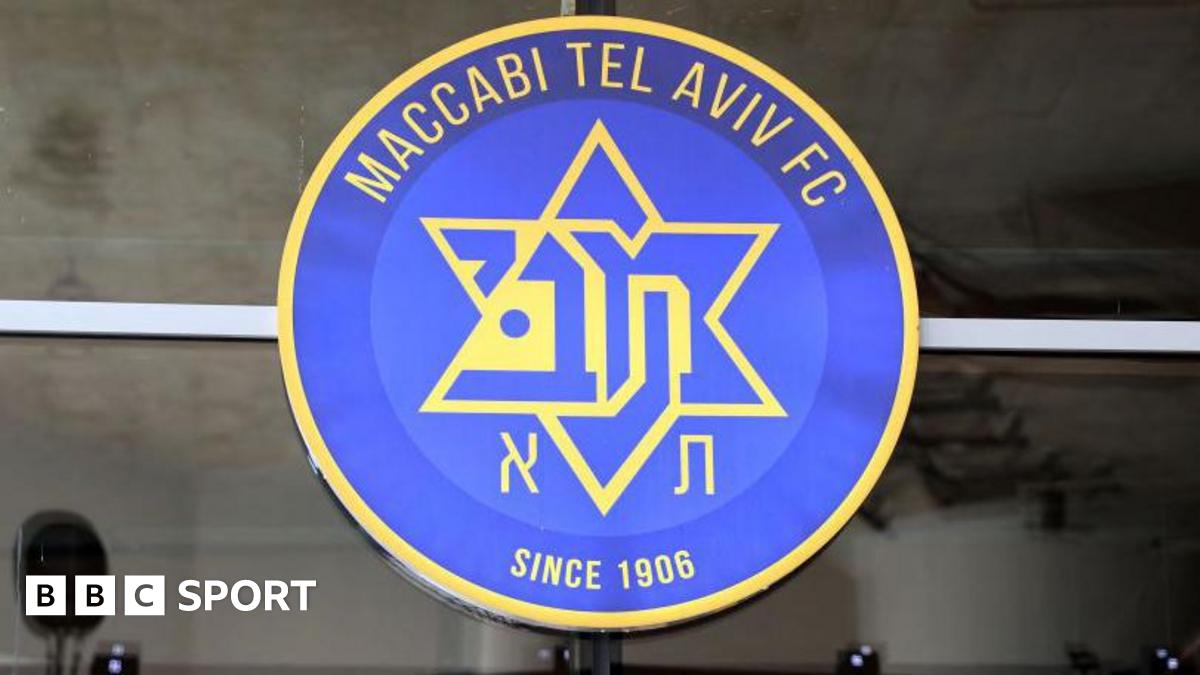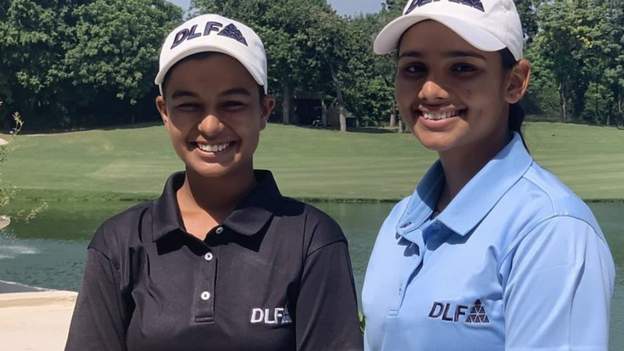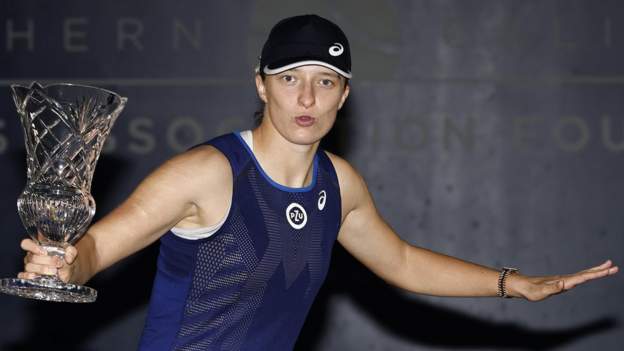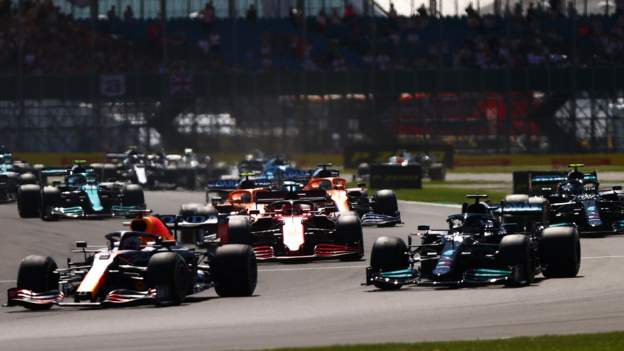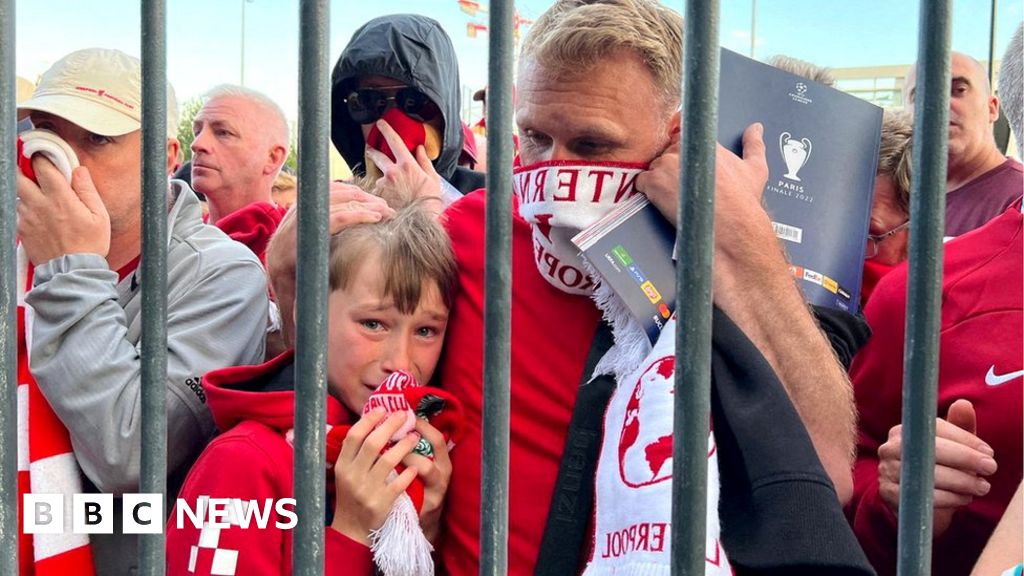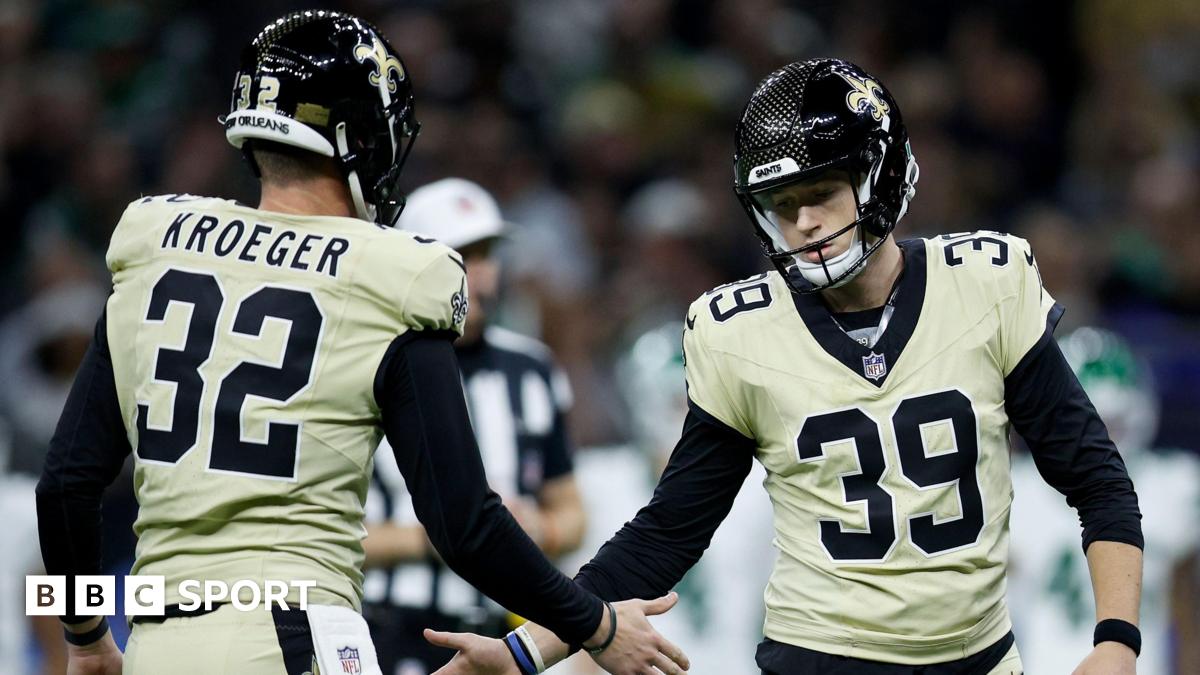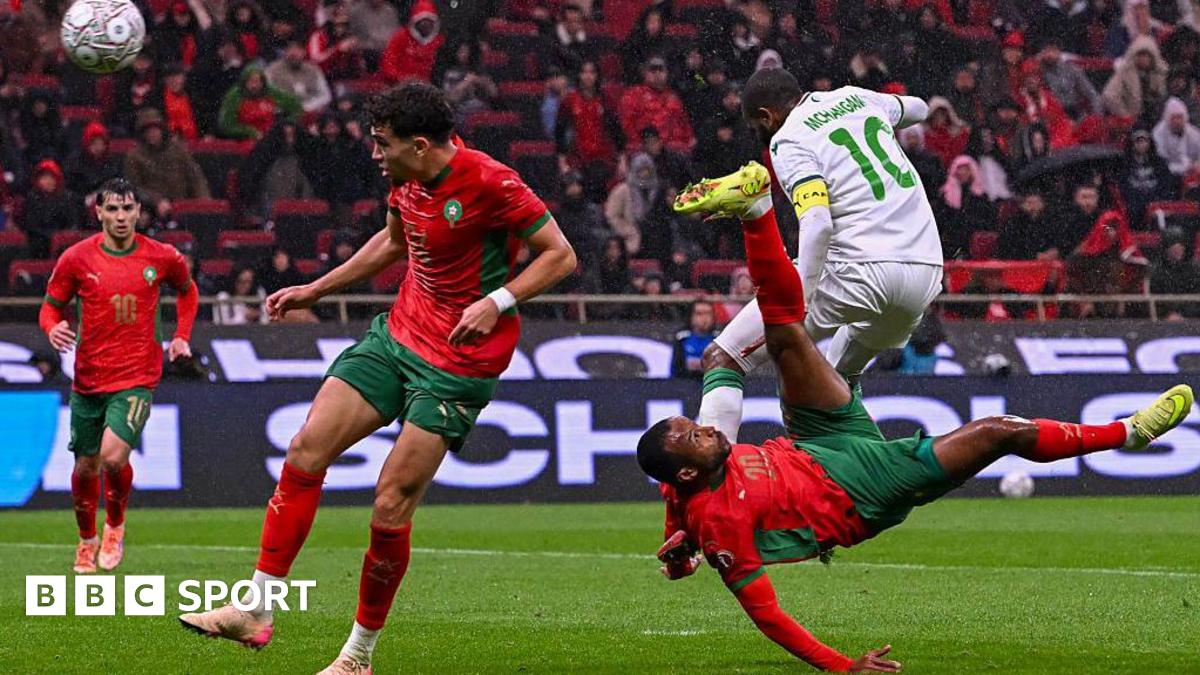Spending too much time in a bunker isn’t normally conducive to a starting a golf career, but for sisters Jahanvi and Hitaashee Bakshi, it was the perfect beginning.
“I played in the sand for two years when I started going to the golf course” says 18-year-old Hitaashee, “but then, I was only six years old.”
The Indian professionals were introduced to golf by their parents, in a country, where before 2005, there was no avenue for women to earn money from the game.
“At first, I was fascinated by the birds and the squirrels at the course”, says 19-year-old Jahanvi, winner of four titles on the domestic Women’s Professional Golf Tour in India. “Then, once you win a tournament, there is no going back. My ultimate ambition is to earn a place in the LPGA Hall of Fame”.
Hitaashee, who also has four domestic tour wins, and Jahanvi will be among 30 Indian players competing in this week’s Women’s Indian Open on the Ladies European Tour (LET) in Delhi – it’s a crucial event for the development of homegrown talent, and has been sorely missed on the schedule following cancellations because of the Covid-19 pandemic in 2020 and 2021.
The standout performance from a local perspective was Aditi Ashok’s win in 2016 – she was 18 at the time, and held off America’s two-time major champion Brittany Lincicome to win by a single shot.
Aditi now plays full time on the American-based LPGA Tour and is a double Olympian, narrowly missing out on a bronze medal at the Tokyo Games last year.
“To see that success within your own colleagues inspires you to drive forward”, says Alexandra Armas, chief executive of the Ladies European Tour, who has seen first hand the importance of taking golf global.
“India has always been an interesting market for us. When we first went there, we only had one Indian member, now we have 12 on the LET, playing with great success. People are so passionate about the game there”.
Aditi’s win in 2016 is one link of a butterfly effect that has grown the women’s game. In 2007, at the age of nine she visited the tournament when it was held in Bangalore, her home city, and she decided then that was to be her calling in life.
Tvesa Malik, who has seven top-10 finishes on the LET, says one golfer in particular coming to India in 2010 paved the way for her to commit to a life in golf.
“I volunteered at the Women’s Indian Open a few years after I started playing, it was the year Laura Davies won. It was so special to be there. I had heard about her being so legendary (the Englishwoman won four majors and 87 worldwide tournaments), she went and won that week and became a role model for me.”
The year Aditi won saw 15-year-old amateur Diksha Dagar make the cut – Diksha was inspired by the homegrown success, and would later win a tournament in South Africa on her fourth professional start.
“My phone was so messed up when I won, everyone was congratulating me”, recalls Diksha of that success in 2019.
She went on to compete at the Tokyo Olympics too, after some assistance from Sweden’s Henrik Stenson.
“He helped me with my putting, and when I qualified for the Olympics, I started crying, and having flashbacks to how I had struggled,” said Diksha. “This was my dream, and I want to be a big star, like PV Sindhu (the only Indian woman to win two Olympic medals) and Neeraj Chopra (Olympic javelin champion from Tokyo)”.
The performances of Aditi, Diksha and Tvesa have in turn inspired the new generation of domestic professionals, like the Bakshi sisters and Pranavi Urs, who won this year’s Women’s Golf Association of India (WGAI) Order of Merit with five tournament victories.
“My long-term goal is to become world number one”, says a smiling Hitaashee Bakshi, “and I would like the Bakshi sisters to become something like the Korda sisters (US players Nelly and Jessica). It’s amazing to think that some people are thinking like that about us”.
Jahanvi advocates the positives of the domestic tour that has seen them grow as players and as people. “It’s the backbone of Indian golf, it has made us comfortable in the professional environment,” she said.
“If you had said to me before, ‘go and play in an LET event’, I would have been shaking, but I’m glad I have been able to learn from the amazing players on our tour.”
Those amazing players will be aiming for a life-changing week – a win at the Women’s Indian Open comes with full playing privileges on the LET for 2023, a gateway into a world of opportunity.
The opportunities now open to Indian female professionals stemmed from Champika Sayal, now Secretary General of the WGAI, attending the World Women’s Golf Congress in 2004. Her persistence, helped by India’s first LPGA Tour pro, Simi Mehra, finally saw female golfers able to earn money in India, but the beginnings were not easy.
“I had a shoestring budget and no marketing people,” recalls Champika, “but I just wanted it done. I saw golf in India as old and traditional, and I wanted to change the mindset. The first seven years were quite humiliating but we slowly made ourselves known.”
Simi Mehra is part of the butterfly effect too – her breakthrough to the LPGA Tour in the mid-1990s, with little financial support or media coverage was ground-breaking.
“I didn’t have a teacher, my mother just gave me a book by Ben Hogan. In the States I was sleeping in my car at truck stops to save money for entry fees,” says Mehra. “My mother said she wanted me to fail so I would have to come back and get married. She wanted it to be tough for me.”
These are stories of a different era, but at the heart of them, in a similar vein to today’s Indian players, is a deep down determination to succeed, despite the odds often being against them. As Aditi looks back to her breakthrough win in 2016, she sums it up – “I had played in the Indian Open growing up, and we hadn’t seen an Indian girl win. It meant a lot to me to put my name on the trophy. Every win means a lot but that meant more”.

